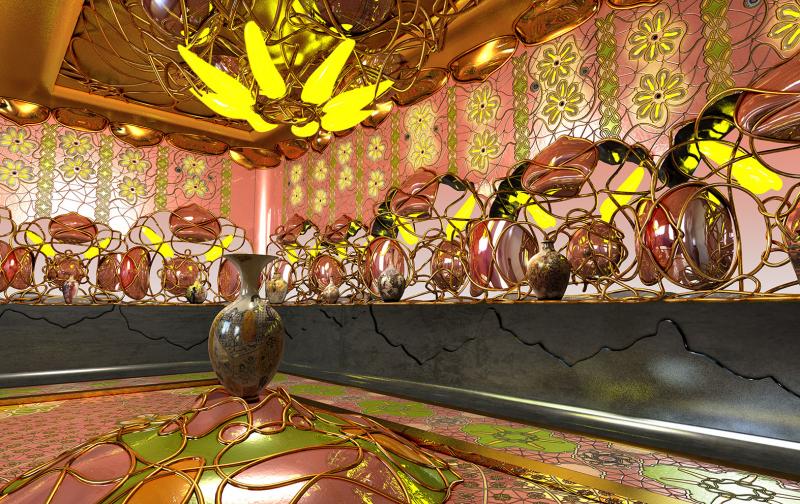
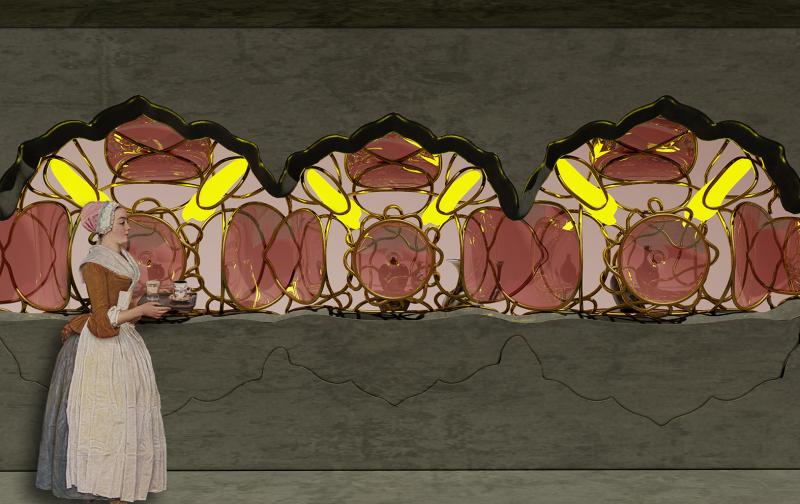
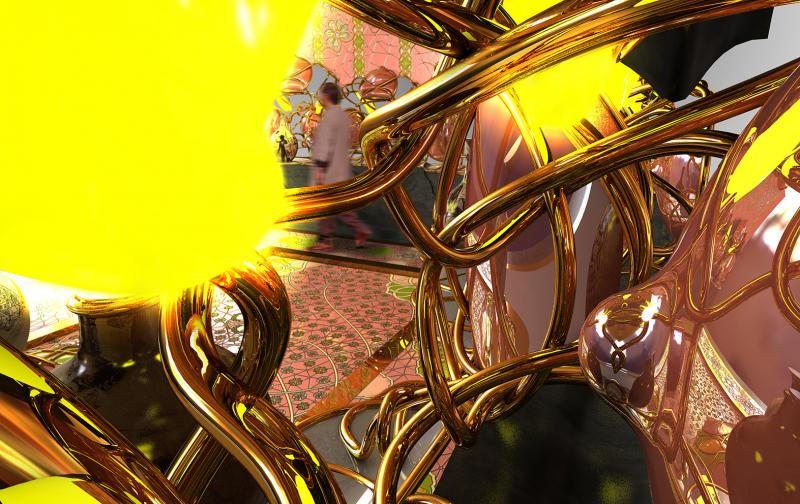
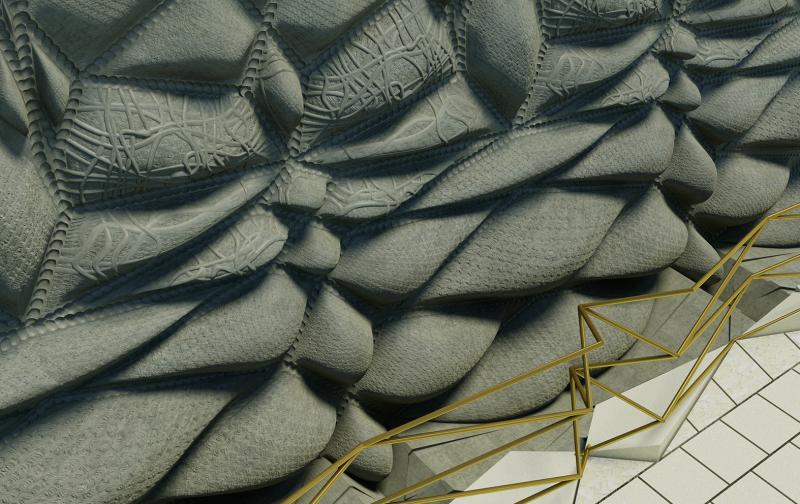
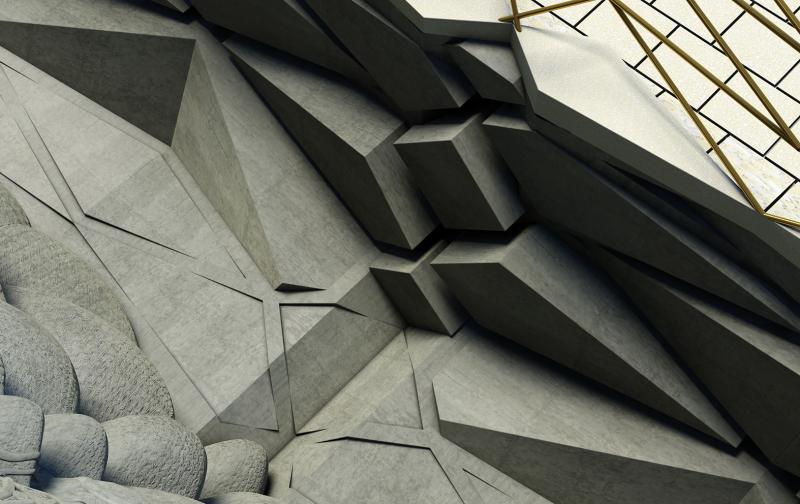
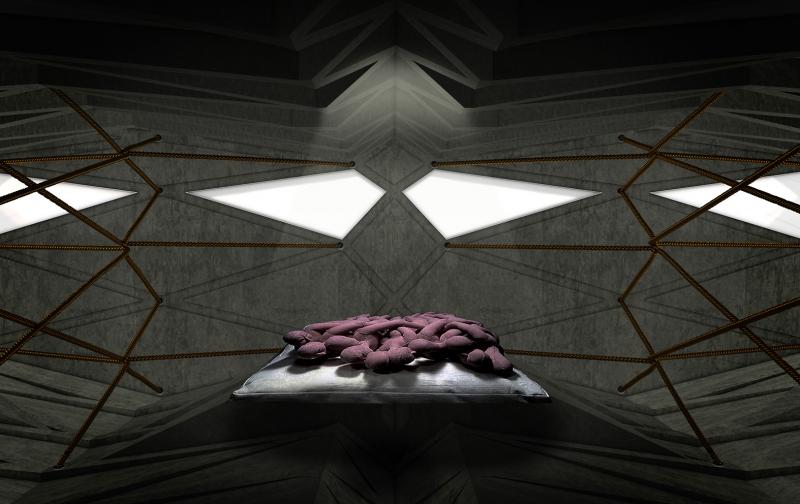
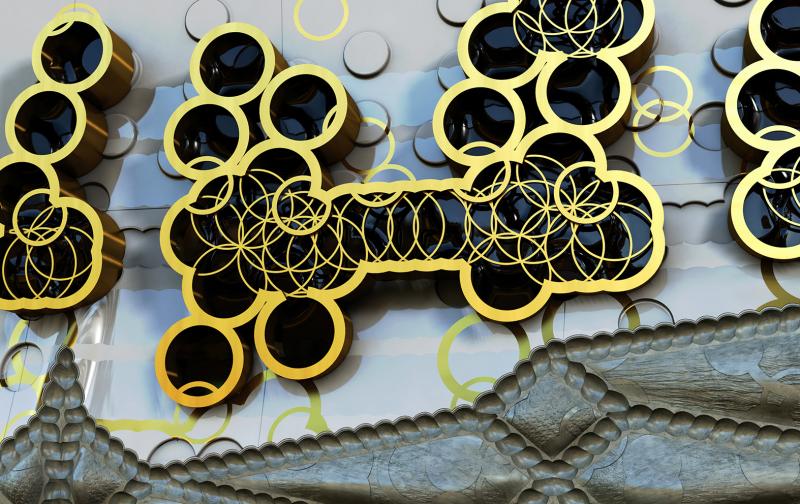
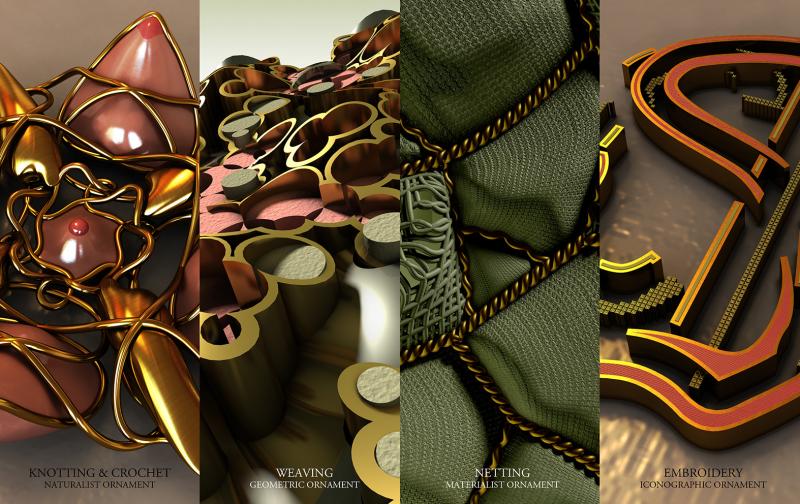
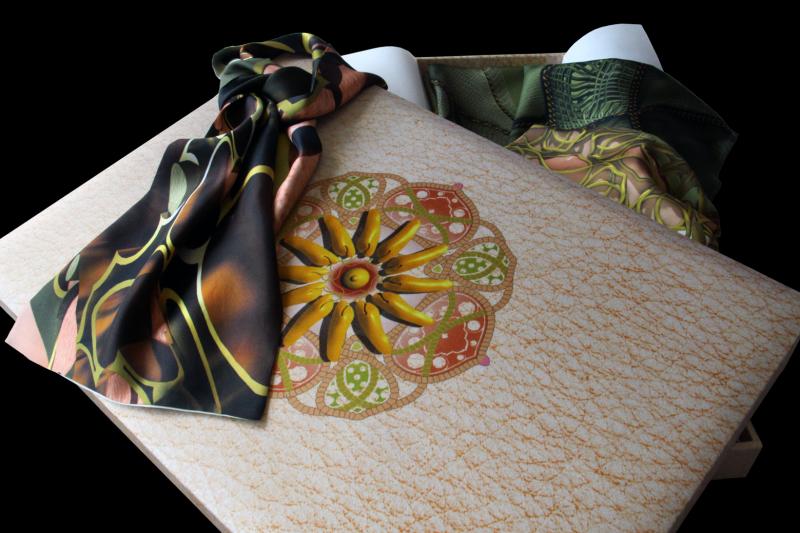
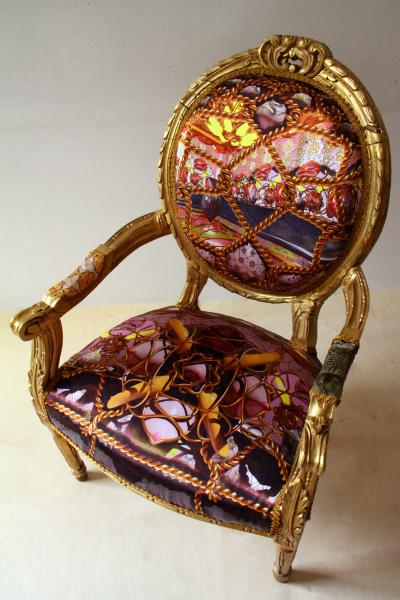
PORNAMENT - (EN)GENDERING THE SPACE FOR ART
Women have always been associated with the space of service: a hostess in the living room, a cook in the kitchen, a mother in the nursery, a lover in the bedroom etc. The stereotype of women’s role of “homemaker” and “housewife”; and the gendering of space in the domestic environment has always been problematic. By creating a dynamic language of ornament that is highly sexualised and gendered, my project tests the syncretic relationships between feminine interior, masculine exterior and ornament; and looks into the possibility of the inversion of gender where textile surface solidifies into a permanent ornamental carapace. The female realm of decoration, thus transforms into the male realm of structure. This can be observed on the new rusticated façade, where the masculine exterior has now become a highly decorative textile wall. Adolf Loos’ Villa Müller, as well as the neighbouring Sir John Soane’s Museum, serve as the starting point for my investigation of the relationship between art and domesticity in my project.